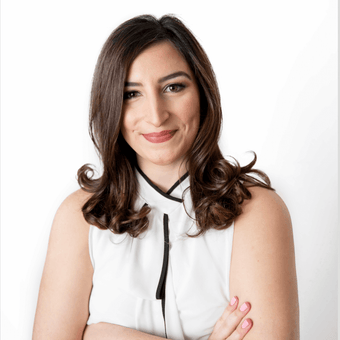Moderna expects delivery of COVID-19 vaccine by end of this year
Company says vaccine 94.5% effective; Fox News correspondent Laura Ingle has the latest on 'Outnumbered Overtime'
Following breaking news on Monday that Moderna’s coronavirus vaccine candidate reached 94.5% efficacy in an ongoing trial, a group of infectious disease experts addressed vaccine rollout.
Moderna CEO Stephane Bancel appeared on Fox Business’ "Mornings with Maria" on Monday, and said in the first quarter of 2021, the vaccine could have “full approval where, you know, every American who wants a vaccine that is of 18 years of age [or older] can get access to a vaccine."
Vaccine allocation plans addressing issues such as who will get a vaccine first are unclear at this point, though the Centers for Disease Control and Prevention (CDC) had required all states to submit vaccine distribution plans by an extended deadline of Nov. 15. A CDC panel plans to meet next week to decide which groups should be prioritized for vaccination, according to reports.
WHAT ARE MODERNA'S CORONAVIRUS VACCINE SIDE EFFECTS?
Nevertheless, during a panel discussion regarding potential coronavirus vaccines hosted by the Public Interest Research Group (PIRG) on Monday, Syra Madad, infectious disease epidemiologist and senior director of system-wide special pathogens program at NYC Health + Hospitals, the nation’s largest municipal health care delivery system, emphasized the importance of so-called “hyperlocal surveillance systems” for vaccine distribution and overall response to COVID-19.
“One thing I think states need to do in terms of their homework," Madad said, "and something already being done…is taking an inside look on who [is] within each of our communities [and] looking at the vulnerability index of the population that’s being served.”
HOW MANY DOSES OF MODERNA'S CORONAVIRUS VACCINE WILL BE AVAILABLE?
A solid surveillance system at the local level would ease a distribution process that sets out to prioritize those at highest risk and most vulnerable, though, as previously mentioned, this has yet to be definitely determined.
“You want to make sure you have good hyperlocal surveillance systems in place where you can see, where are the areas that have a higher burden of disease and then [the] highest prevalence of COVID-19," she continued.
Madad referenced New York’s “microcluster strategy” of breaking down disease burden by zip code. A highly localized approach may lead to better targeted interventions and distribution of vaccines, she said.


